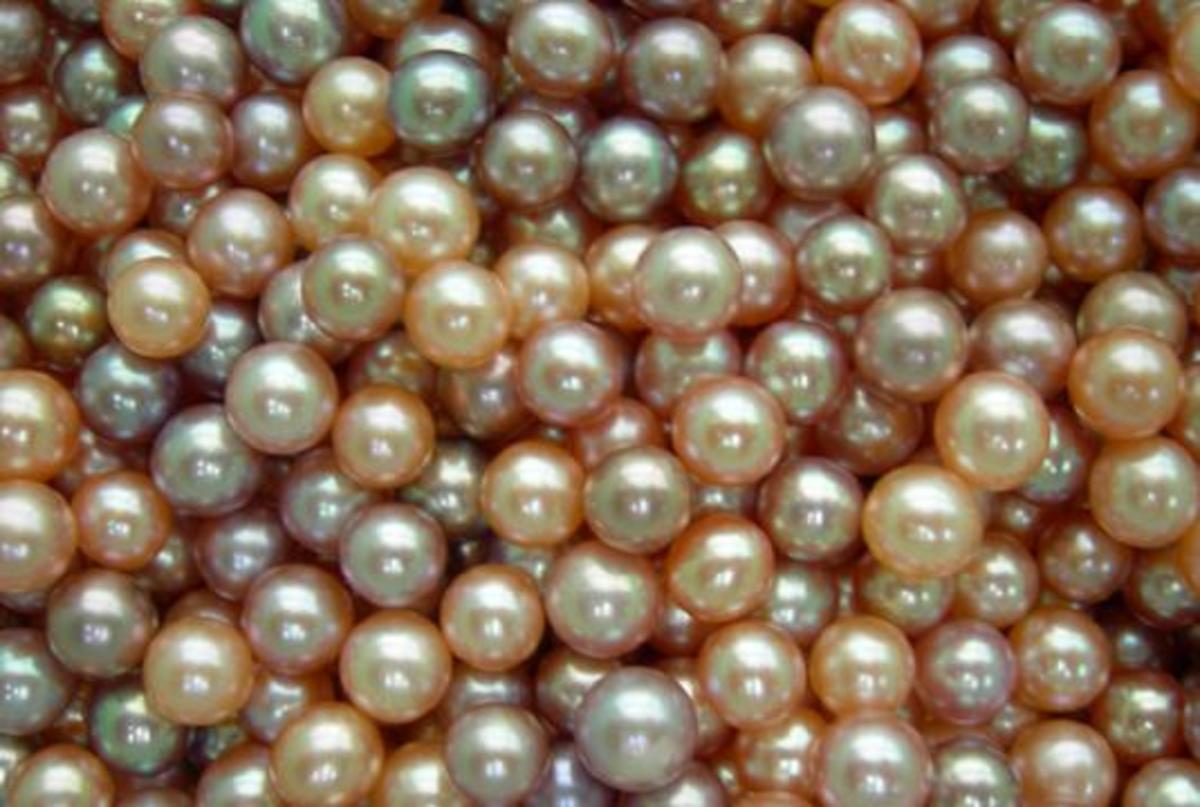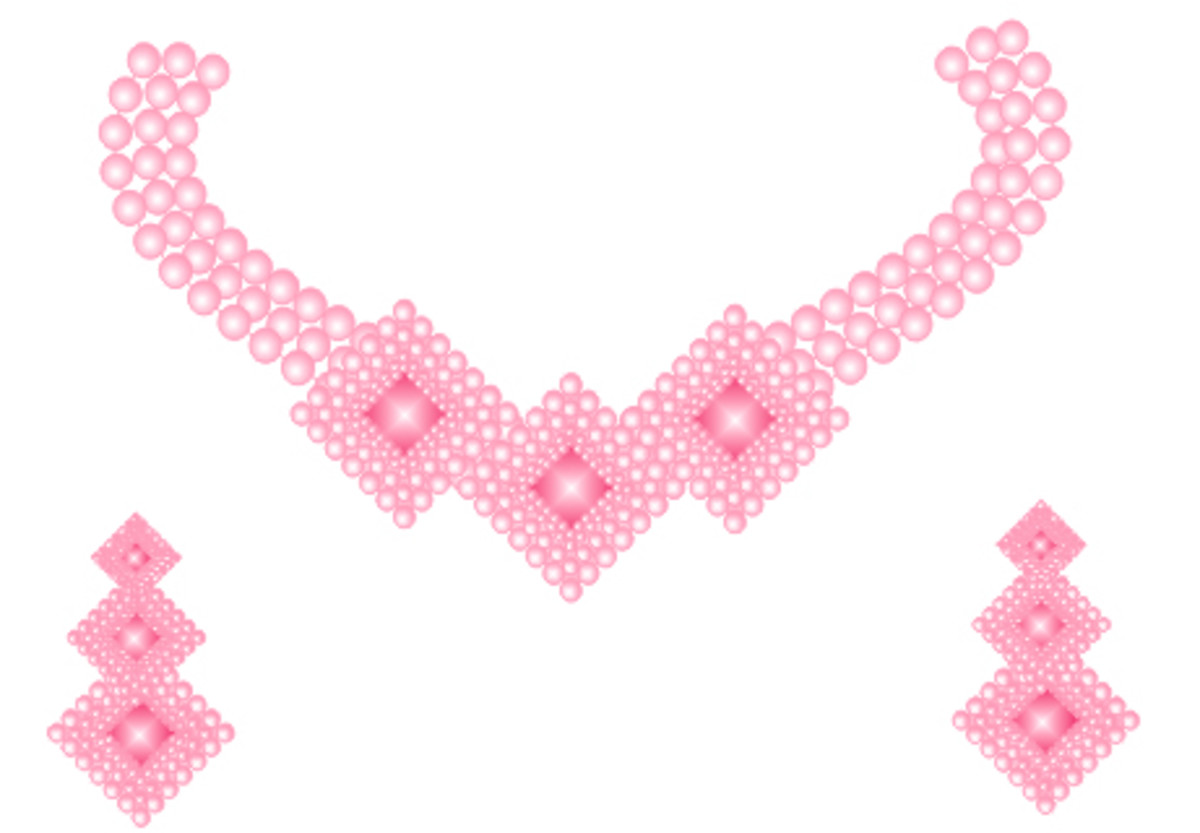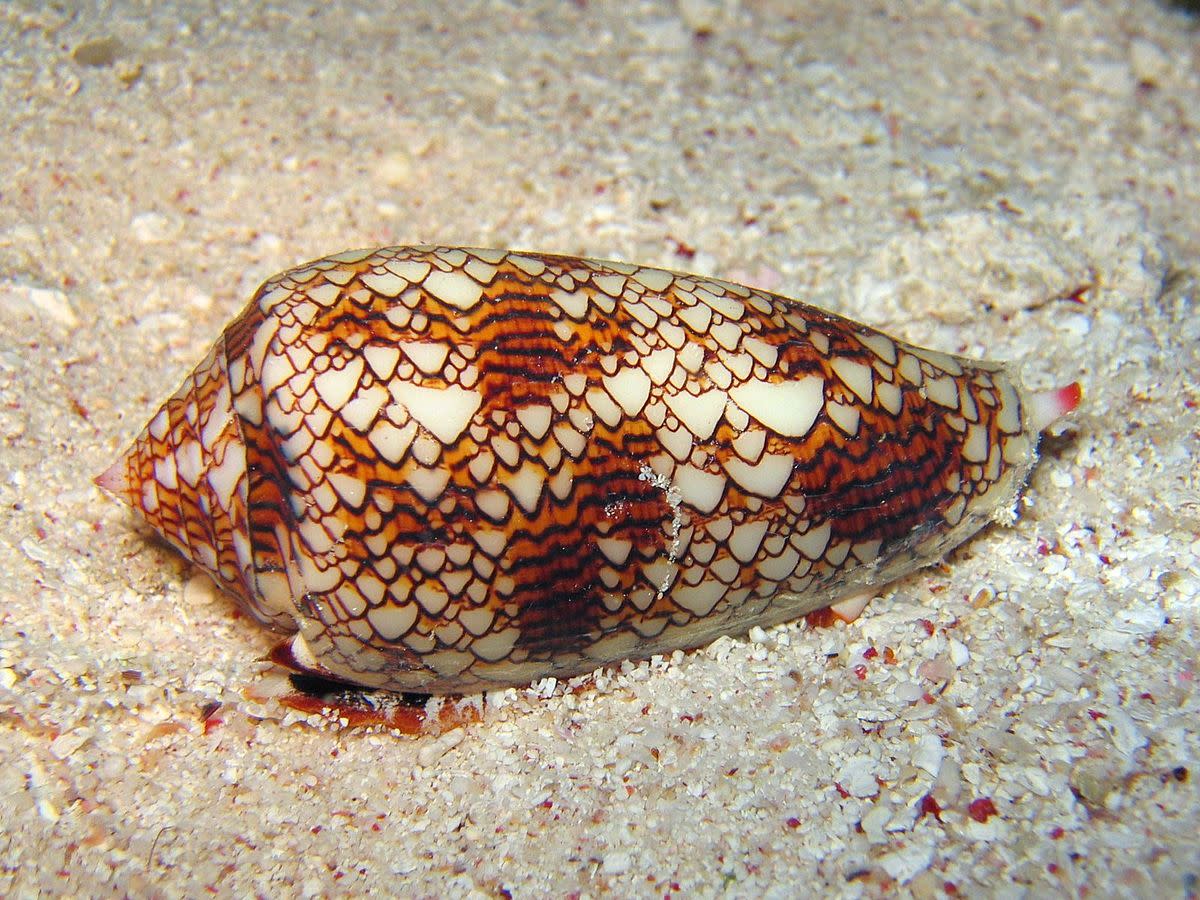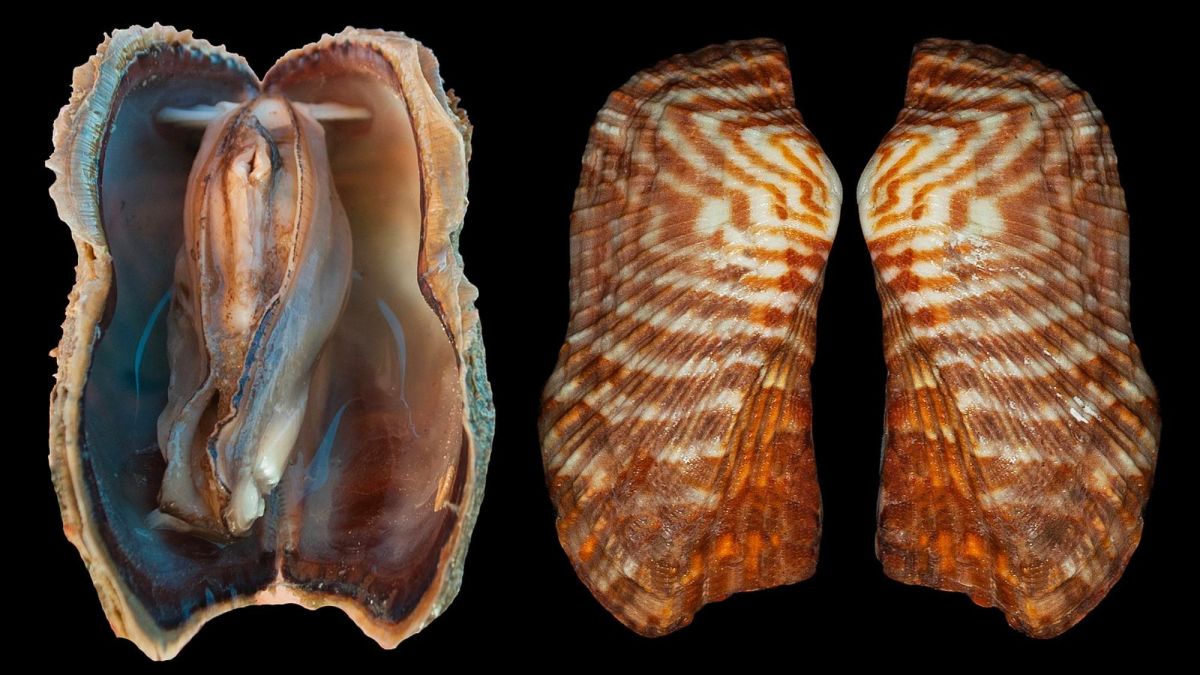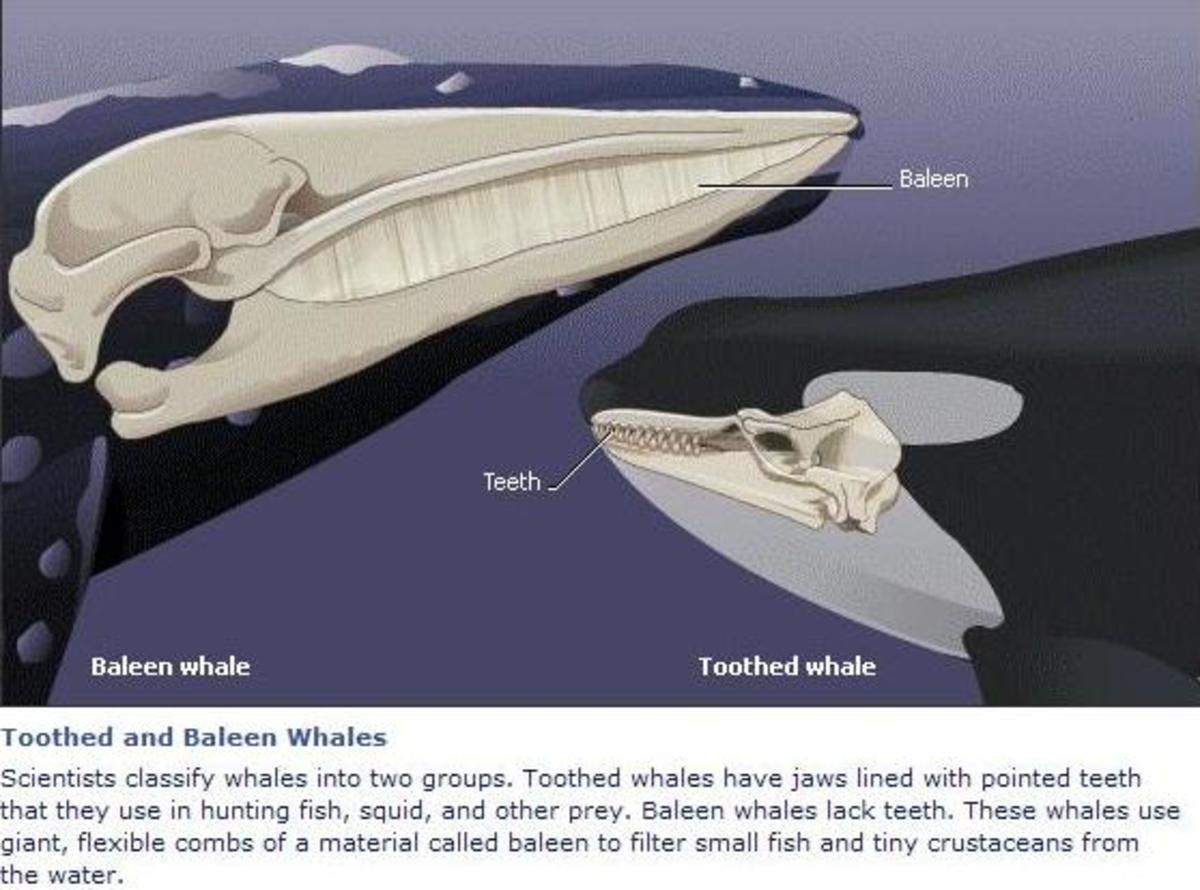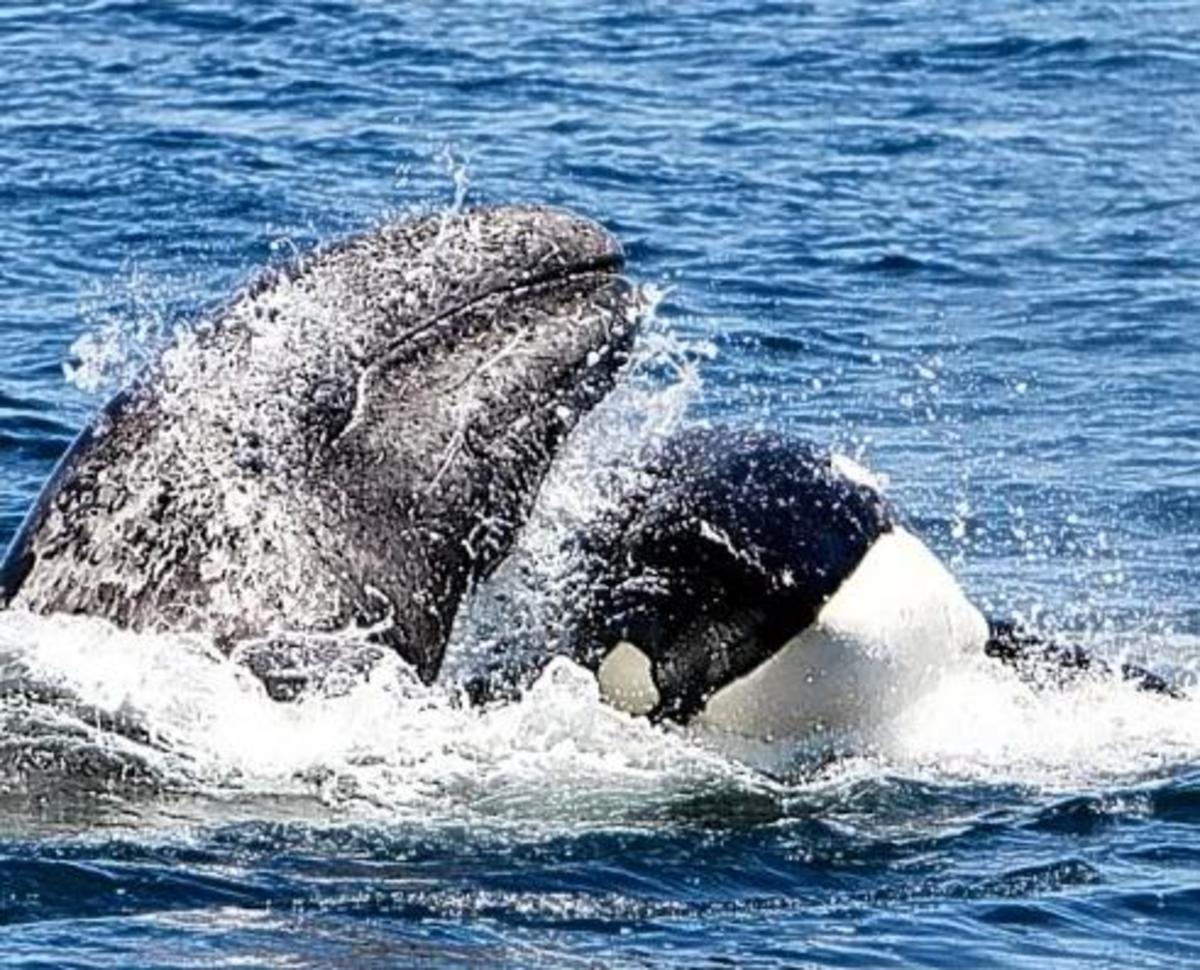- HubPages»
- Education and Science»
- Life Sciences»
- Marine Biology
Pearls, Piddocks, Scallops, Oysters And Cockles
The Beautiful Lining Of Oyster Shells
The rivers of the United States once naturally yielded many pearls enclosed in the shells of freshwater mussels, but the finest examples of pearls come from a group called the Wing-shells, which are true pearl oysters, or rather pearl mussels.
Our common oysters line their shells with mother-of-pearl, but the pearl oyster forms free globular pearls which lie loose within the mantle.
Such pearls may arise from grit or other foreign bodies in the sensitive flesh of the animal, and are then called seed pearls. The so-called culture pearl is a true pearl, a covering of nacre on something artificially introduced by the hand of man. However, the pearl most prized is actually the tomb of a parasite.
It is a story stranger than any the superstitions travelers of ancient days were wont to tell. A certain tapeworm attains maturity in the intestines of a great fish, the Indian Ray, scientifically termed Trygon.Its larvae escape into the water and are drawn into the body of the mollusk with the fluid the oyster absorbs.
Pearls From Oysters
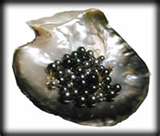
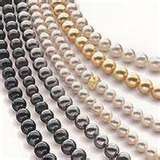
How The Lowly Pearl Produces A Pearl of Great Price
There it irritates the oyster and causes it to pour forth a fluid which we nacre, and which, on hardening, becomes pearl. The nacre flows around the parasite, killing and entombing it. Layer after layer, film after film, is added, and in the course of time, when the oyster is caught and opened, perhaps a fortune is found to lie within.
However, not all the parasites are killed in this way. Many lie out of reach of the oyster's sensitive centers and grow till a Trigger fish, which always haunts the home of these bivalves, crunches up a pearl oyster for its dinner, becomes in turn the host of the parasite, which then develops further.
It tunnels its way from the stomach into the flesh of the Trigger fish, and there lies dormant in sort of a capsule.
Finally, the Trigger fish, which has eaten the mollusk, is eaten by a great String-ray, in which the tapeworm reaches maturity and lays its eggs, and these in due course escape to enter another oyster, and become pearls or parasites again.
The true oyster has its place in literature merely as a course at the dinner table. Yet, on its own account it is interesting enough to merit a book to itself.
If we had an oyster under observation in a tank we should see it draw in water for breathing purposes and to extract the organic contents of the water for food. Then we might be fortunate enough to witness it in the act of depositing its spawn.
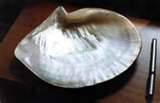
Mother Oyster And Her Hundred Million Eggs
The spawn is, of course, simply a multitude of eggs. The water is discolored by their immense number. A hundred million has been named by some naturalists as the gift of a mother oyster in one season.
The strictest observation shows that one oyster does produce sixteen million eggs at one time. Within ten hours the eggs are hatched, and free-swimming larvae are seen to emerge. Soon they sink to the bottom and if fortunate enough to touch something solid, like a stone or a shell, attach themselves firmly and begin to grow.
In a few years they are large enough to eat. If the water in which they grow is impure, they may be carriers of disease if eaten raw.
It hasn't been that long ago that the discovery was made that these mollusks change their sex from time to time. It seems that, while the young oyster is likely to be a male, it may change to be a female, and then, after laying its eggs, become a male again.
Pearl Oysters
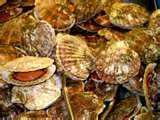
Scallops
Near by th oysters, as a rule we find the Scallops, larger, handsomer of shell, sometimes fastened to their home by a byssus, frequently roving in search of fairer quarters.
They progress rapidly in zigzag fashion through the water, forcing their way by a rapid opening and shutting of the shells.
The large shell of the Great Scallop, or Clam -- is often to be seen in use at seaside places as a novelty drinking vessel.
We must not, however, confuse it with the real Giant Clams, of which there are several species, found only in tropical and subtropical seas. These deserve the name of giant, for the shells of the greatest examples, which can weigh as much as five hundred pounds.
Scallop Swimming
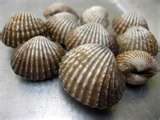
Cockles That Hopped Like Little Kangaroos
There are also smaller bivalves called Cockles, which in a perky, active way, are as intereting, for though they hide in the sand, they can hop on their long, muscular foot like bivalve kangaroos.
I once knew an Australian naturlist who, to his great joy, claimed to have caught cockles of which previously only fossil relics had been found. He wasn't the first to find them, but quite excited about his find.
He put his treasures on the seat of his boat, only to see them calmly hop right out of the boat and back into the water. He was unable to capture them again and quite dismayed about it.
File Shells
File shells, so called from the file like character of the shell, a common to our waters and interesting from the fact that this mollusk, like the Caddisworm, erects around itself, when stationary, a collection of broken shell, mineral fragments,and other debris binding all together with its byssus into a real little fortress.
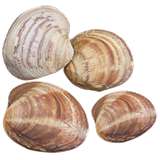
Clams of Different Species
The name clam is applied in different places to different species. In America the best known are the Round Clam and the Soft Clam. The latter burrows in mud or sand, leaving above the surface a fleshy siphon which serves to draw in water and food for the hidden animal.
The British Gasper is also similar. Next to them come the Razor shells, common on our shores.
Here the two shells are long, thin, and narrow, ideally fitted for quick descent into sand or mud, the motive power being supplied by the foot, and the outline of the shells affording the least resistance to such progress. Some of the razor shells mine soft rock, but for the highest power in this direction we much pass to a fresh suborder, the Piddocks.
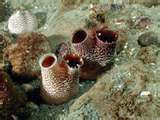
Piddock Tunnels
The Piddock, whose scientific name is the pholas, is unrivaled among mollusks as a borer of stone, timber and other substances. It is very ancient. It must have played an important part in shaping coast-lines.
Piddocks destroy wood and they bore tunnels in stone and rock year after year, century after century, letting in water to fret away the rock and bring it crumbling down. Never underestimate the power of a small mollusk!

